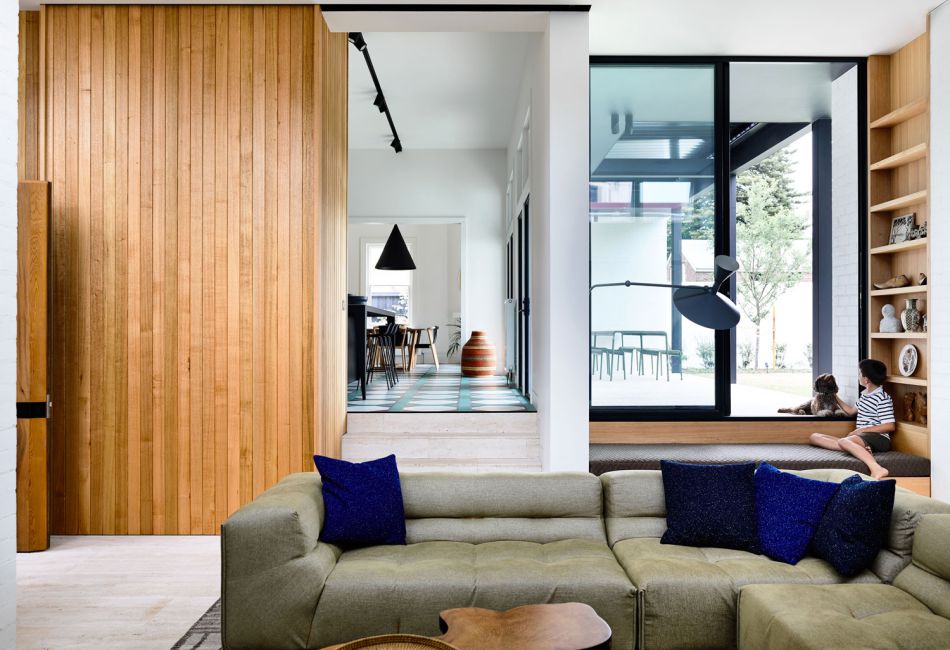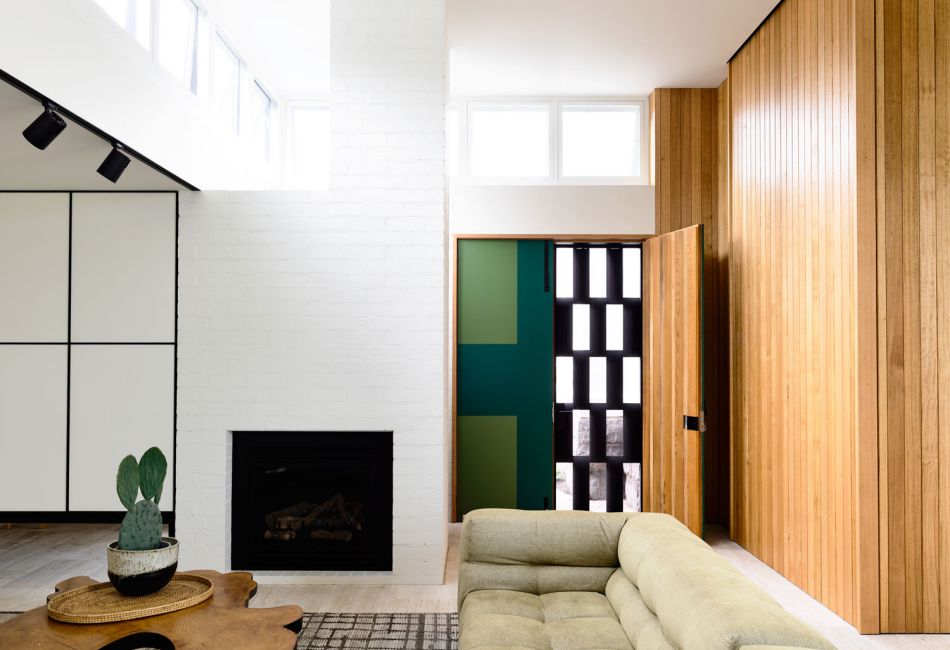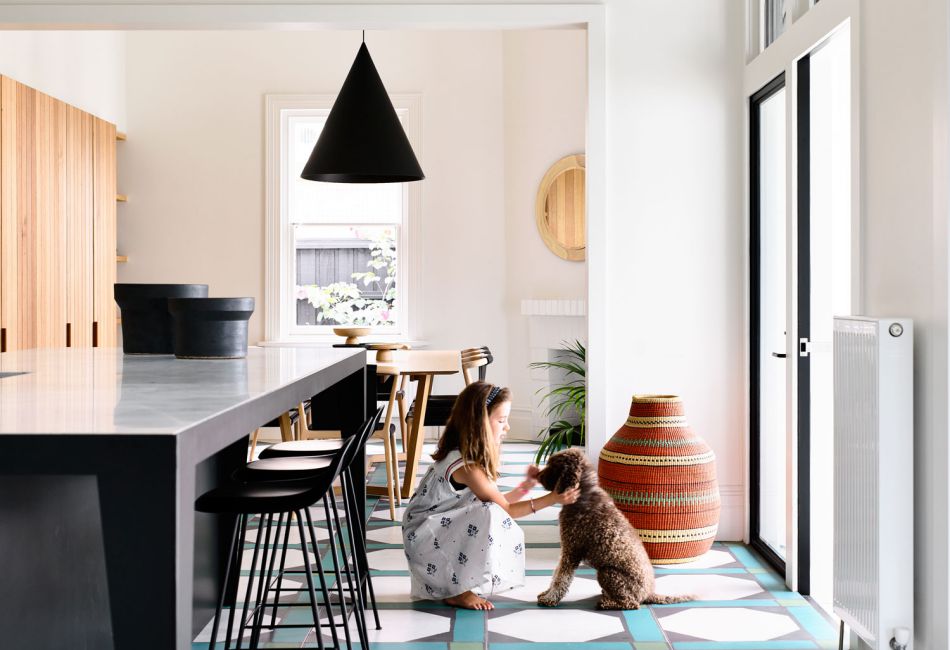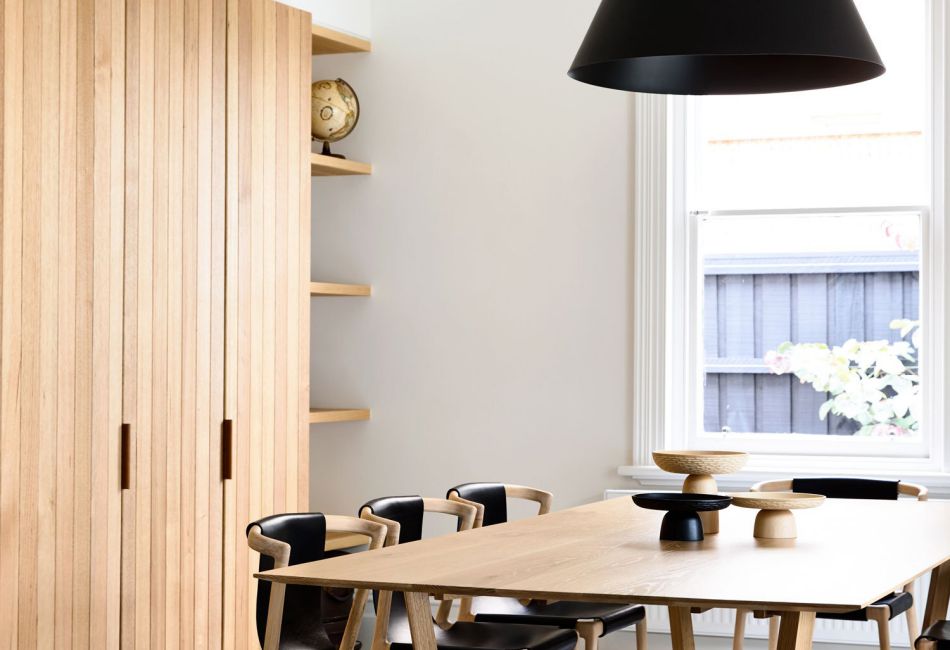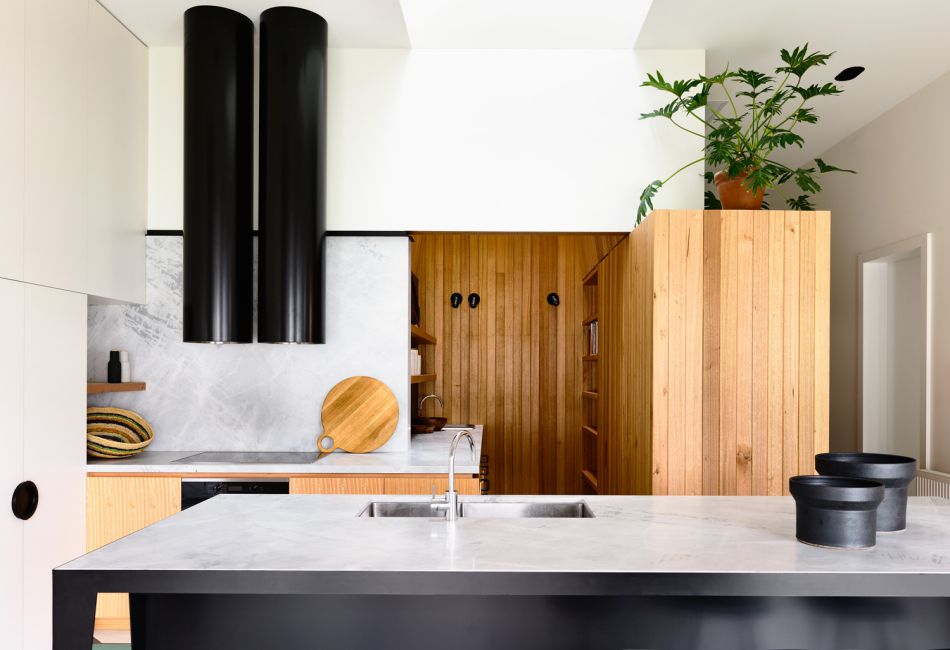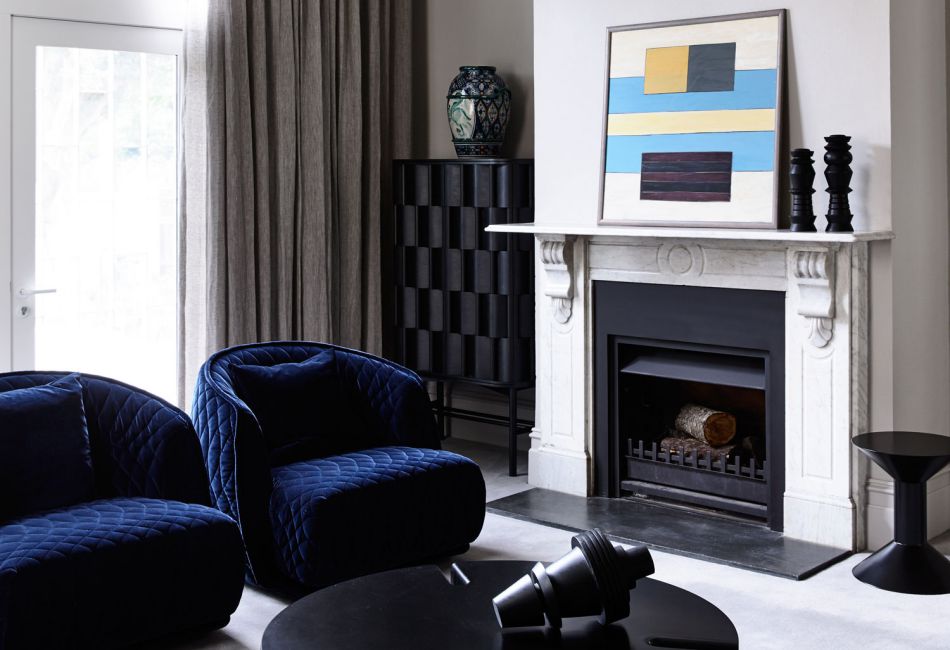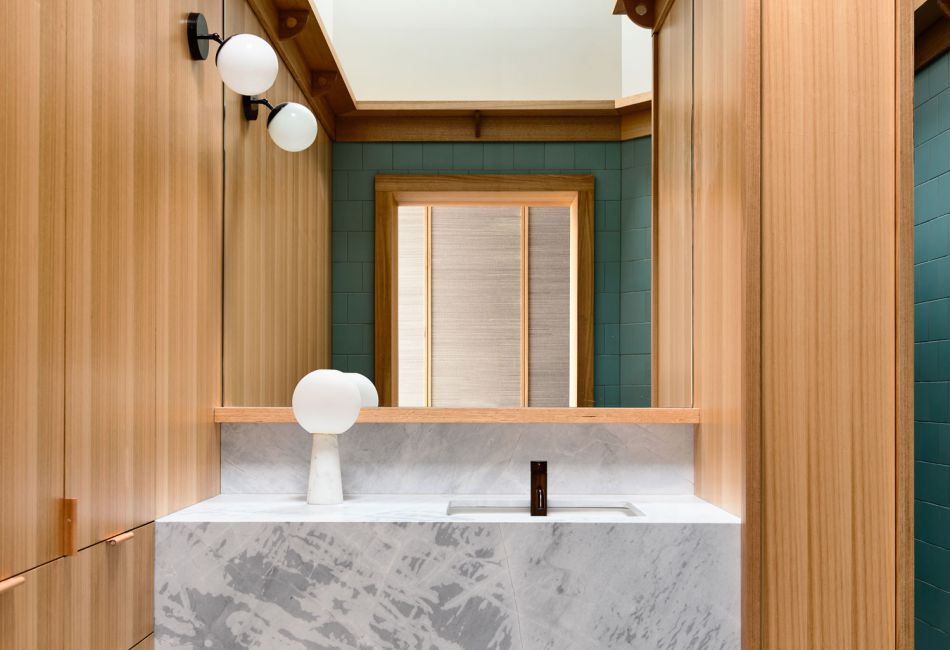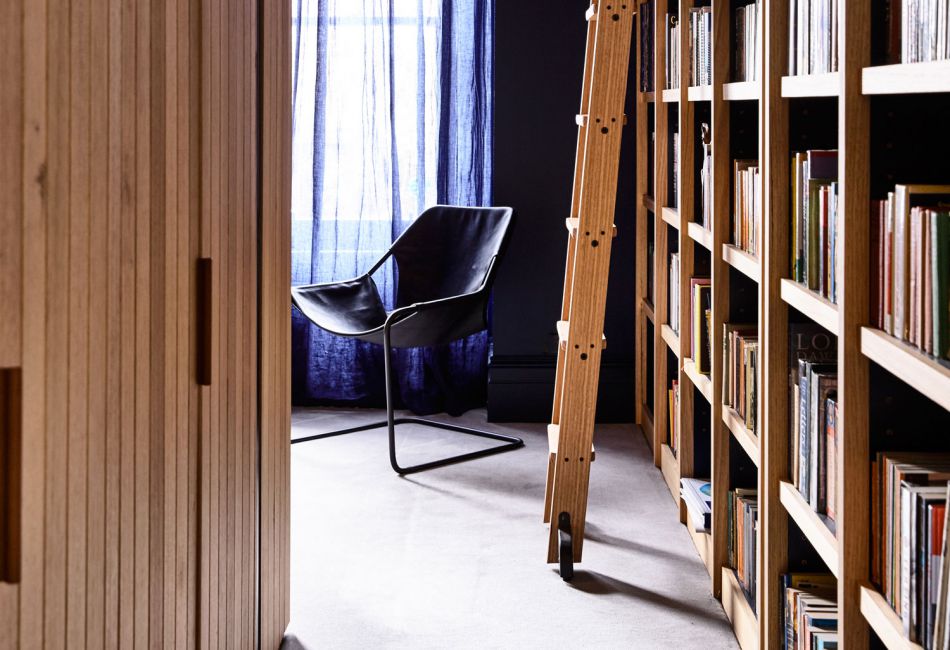Family homes are just that. Homes filled with families. And families start small and get bigger, often with alarming rapidity. Houses or apartments that once suited a couple no longer suit one with a baby. A house that once sufficed to bring up toddlers is dangerously close quarters for a family full of teenagers. Therein lies the challenge architects face when designing a home that will change and adapt through the many faces of a family. Melbourne architectural firm, Kennedy Nolan, have taken on just such a challenge. They’ve given an old Victorian terrace in Kew, a design that will meet the timeline and space requirements of a family as it undergoes its lifecycle. By in large Kennedy Nolan have achieved this by zoning the house into public and private spaces. The older part of the house at the front is designed for the parents. A tranquil sitting room, leading off the front door and through to the master bedroom, has an air of serenity. Probably the most lust-worthy section of the parenting zone is the study, a pure heaven of respite. Accessed through a corridor lined with timber bookshelves and painted a deep relaxing blue, it is the perfect dual-cave.
The public space; the kitchen, dining and separate sunken lounge, act as a transitional area between the adults’ zone and the children’s zone. What is delightful about this space is the swap from the warmth of the parents’ zone with its comforting pale grey carpet to the flood of light and energy, greeted by a bold hexagonal tiled floor in the kitchen and dining. There’s a strong geometric feel to this interior. From the archways to the light fittings to the way sections of the house interlope on each other. The kids’ zone perhaps has the strongest geometry to the design. A long corridor of bedrooms (notably a mile away from the parent’s bedroom – pure genius) have doors that lead out to an external corridor. It gives the rectilinear form of the rooms an almost Balinese feel, an indoor/outdoor experience. Freedom for the young ones to rush straight from their bedrooms to the grass outside and adaption for older offspring to navigate their own needs.
